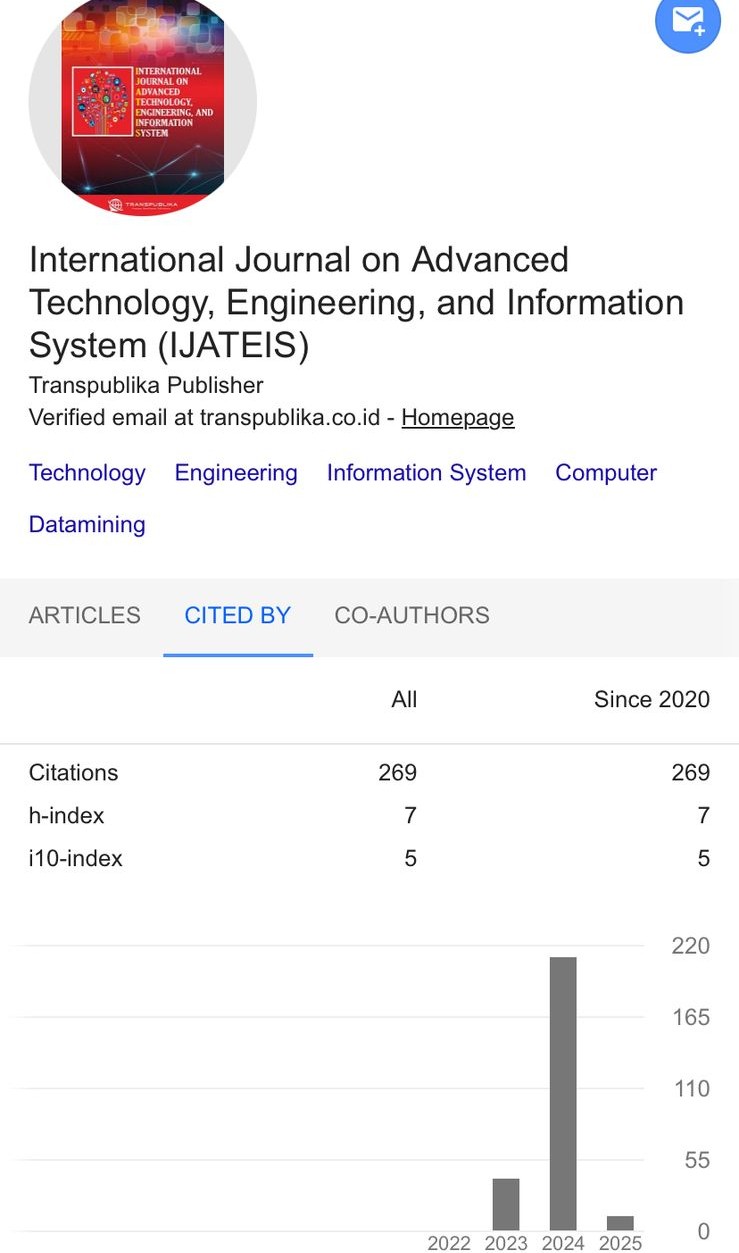RANDOMNESS IDENTIFICATION VIA XOR REPOSITION IN LFSR A5/1'S SECOND BLOCK
Main Article Content
Jorghie Theodore Pallangan
Alz Danny Wowor*
This study designs a random number generation method using the LFSR approach with the A5/1 scheme on three feedback functions. XOR is used as an operation in determining the value of the new bit output against the next iteration of the feedback function. Runs Test, Mono Bit, and Block bit, are used as test materials in producing random output against an input. The use of three feedback functions is used in testing, compared to previous studies that produce random numbers. In the plaintext and ciphertext encryption tests, it shows a "Very Small" correlation level with an average value approaching 0. The use of the LFSR A5/1 scheme with three XOR functions produces random output and can be used for Stream Cipher.
Herman, A. J. (2022). Desain Pembangkit Kunci LFSR dengan Skema A5/1 Menggunakan 7 Blok Bit Fungsi XOR.
Pradnyana, G. A., & Putra, I. B. P. S. (2018). Pengamanan Berkas Data Digital Dengan Algoritma Kombinasi Triple Transposition Vigenere Cipher Dan Metode Huffman. Jurnal Pendidikan Teknologi Dan Kejuruan, 15(1).
Putra, H. K., & Sudiro, S. A. (2018). Triple Transposisi dan Spread Spectrum sebagai Metode untuk Pengembangan Algoritme Steganogra fi. Jurnal Ilmiah KOMPUTASI, 17(2), 161–168.
Sadkhan, S. B., & Jawad, N. H. (2015). Simulink based implementation of developed A5/1 stream cipher cryptosystems. Procedia Computer Science, 65, 350–357.
Sinaga, D., Umam, C., & Rachmawanto, E. H. (2018). Teknik Super Enkripsi Menggunakan Transposisi Kolom Berbasis Vigenere Cipher Pada Citra Digital. Dinamika Rekayasa, 14(1), 57–64.
Wowor, A. D., & Susanto, B. (2023). One to many (new scheme for symmetric cryptography). TELKOMNIKA (Telecommunication Computing Electronics and Control), 21(4), 762–770.












